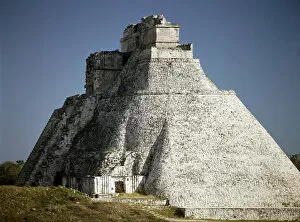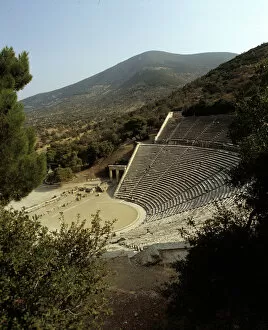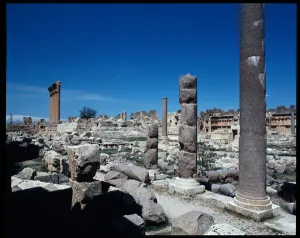Doom Collection (page 19)
"Unveiling the Dark Symphony: Trapped in the Clutches of Doom" As a fishing boat valiantly battles through treacherous waves
All Professionally Made to Order for Quick Shipping
"Unveiling the Dark Symphony: Trapped in the Clutches of Doom" As a fishing boat valiantly battles through treacherous waves, it nears the foreboding Camel Estuary in Padstow, Cornwall. The early 1900s witnessed an era where doom seemed to lurk around every corner. In this enigmatic journey, we encounter Charles George Gordon, known as Chinese Gordon, whose life was intertwined with shadows and uncertainty. A man who faced his own demons while navigating through uncharted waters. The sight of inverted skull and crossbones sends shivers down our spines; a symbol that warns us of impending danger. Yet even when facing certain doom, hope flickers like a candle in the wind - for there is another depiction of skull and crossbones standing tall against adversity. We delve into history's tapestry of despair - the Apocalypse Tapestry or Apocalypse of Angers from 1375-80. Its intricate threads weave tales of chaos and destruction that once engulfed humanity. Le Petit Journal reveals an eerie confession between Otto Von Bismarck and Death itself. In their chilling embrace, they whisper secrets only known to those on the brink of their ultimate fate. The launch of Titanic stands as an ominous reminder that even grandeur can succumb to destiny's cruel hand. A haunting reminder etched forever in maritime history. Yet amidst these dark omens lies a tale entwined with enchantment - mermaid and lover united against all odds; love defying its inevitable downfall. A medieval wall painting portrays souls blessed but haunted by imminent peril within St Nicholas Church in Lower Oddington, Gloucestershire during the 1930s. Their ethereal existence dances on thin ice between salvation and damnation. Driving towards her doom lies a shipwreck lost amidst unforgiving tides; its wreckage serving as a somber testament to mankind's vulnerability against nature's wrath.














































